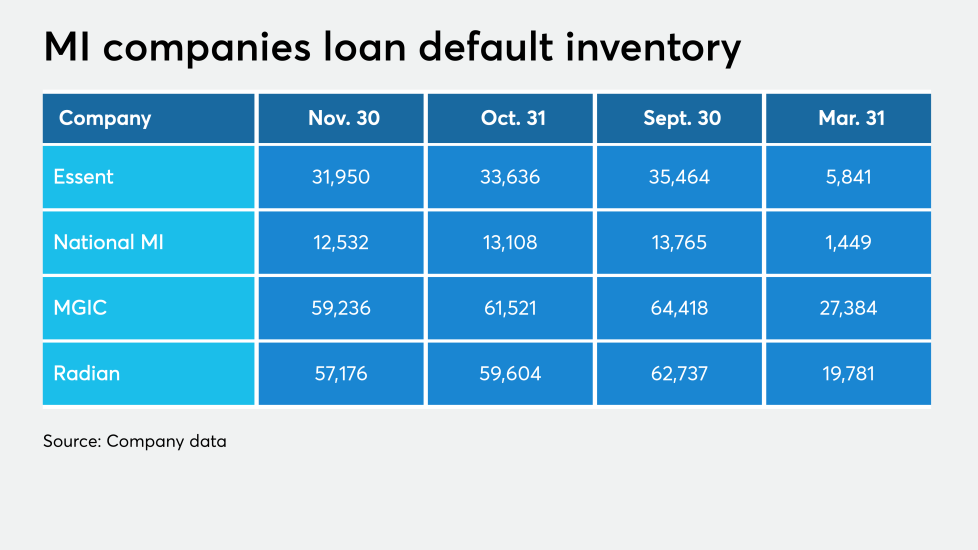Prime auto-loan extensions declined in October as fewer borrowers with good credit requested relief on their payments.
But among subprime borrowers, vehicle owners increased their use of lender programs providing them extended loan repayment terms to work through a financial rough patch.
S&P Global Ratings, in the ratings agency's monthly auto ABS review, noted the the divergence appears to show that the "subprime segment is more affected by the slowing economic recovery and reduced unemployment benefits."

Prime extensions declined for a fifth consecutive month in outstanding ABS issues, as October's net ABS losses rose slightly to 0.31% for prime-loan issuers from 0.22% in September (which was the lowest since 2012). S&P attributes the higher losses to lower recovery rates of 74.49% for prime-deal sponsors, in comparison to 79.91% a month earlier.
Net losses (increasing to 3.83%) and recovery levels (falling to 57.05%) for subprime issuers moved in tandem with prime trends...but that was not the case with loan-extension patterns. Subprime extension levels rose to 3.78% in October from 3.65% the month before
The extensions were attributed to eight of the 11 subprime auto ABS platforms that file securitizations under Reg AB II or 144A exemption compliance standards, including Santander Consumer USA, World Omni (a U.S. regional Toyota captive finance company) and DriveTime Automotive Group.
But the reasons contriubuting to the extensions trend, S&P believes, are "the enhanced unemployment benefits declining to $300 per week in July from $600, the continued high number of unemployed individuals, and the back-to-back devastating hurricanes (Laura and Delta) in Louisiana.
"We expect loan extension rates to remain elevated until another fiscal relief package is approved and the money reaches the unemployed," S&P wrote.
Glen Fest










